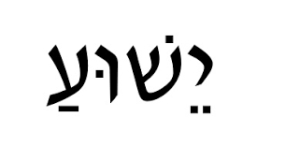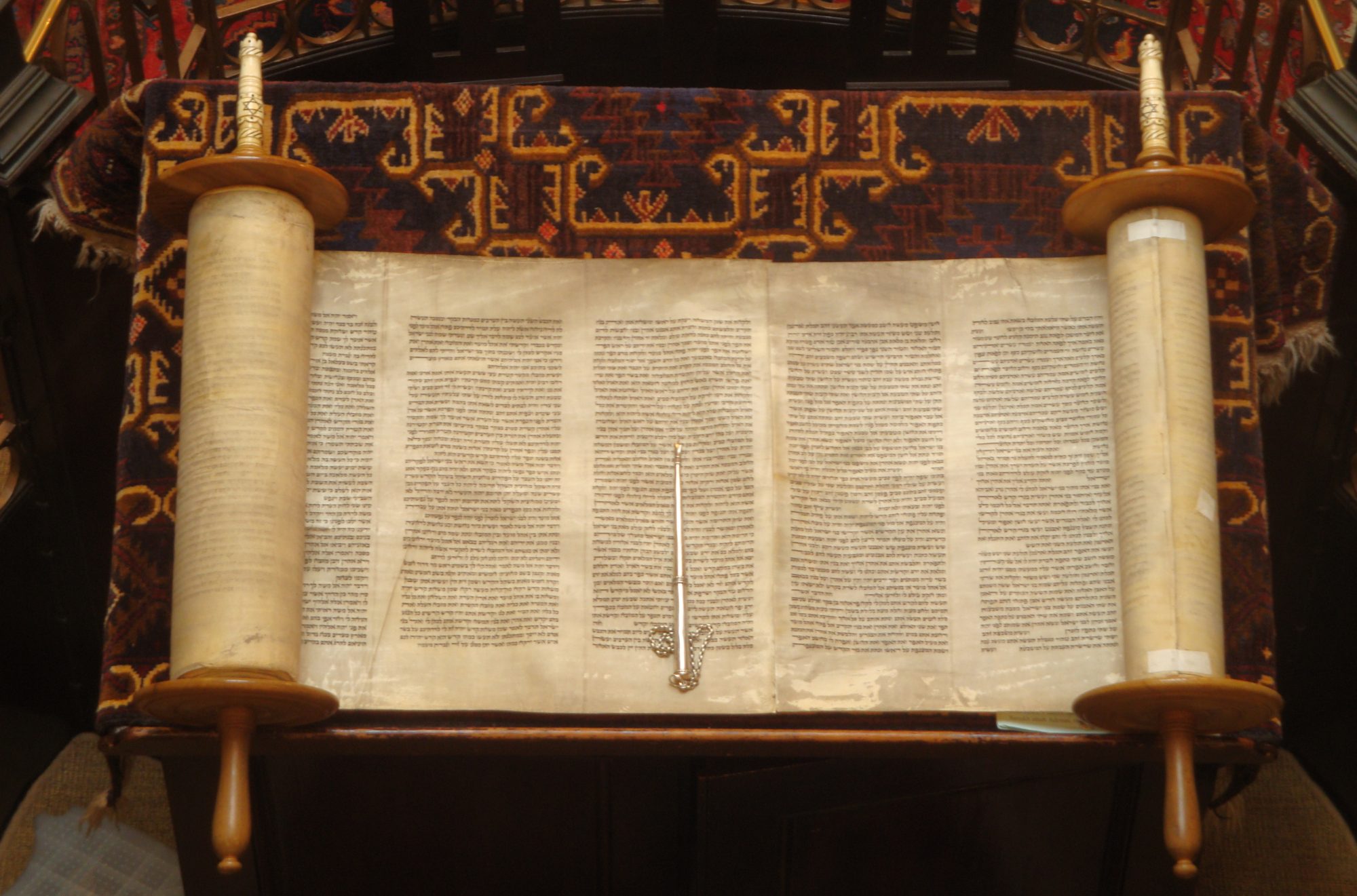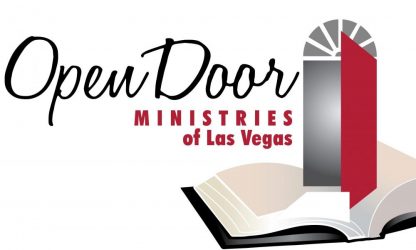
Several years ago, I acquired a book entitled Understanding the Difficult Words of Jesus. One of its two authors, Dr. David Bivin, resides in Israel and is one of the founders of the Jerusalem School of Synoptic Research, a think tank in which Jewish and Christian scholars strive for a better understanding of the Synoptic Gospels, Matthew, Mark and Luke. I had been an avid reader of Dr. Bivin’s teachings online.
In picking up the book, I learned a couple of things about Dr. Bivin I didn’t previously know. For one, he moved to Jerusalem in 1963 and actually served as a reservist in the Israeli military for 17 years. Yet, the most interesting thing I learned about him was his experience as a teenager reading the Bible. “My greatest difficulty,” he said, “was trying to understand the words of Jesus.” He would encounter passages such as these: “For if they do these things in a green tree, what shall be done in the dry?” (Luke 23:31) “From the days of John the Baptist until now the kingdom of heaven suffereth violence, and the violent take it by force.” (Matthew 11:12) As a youth, he would ask his pastor or seminary professors to interpret these passages. Here was their common response: “Just keep reading, son, the Bible will interpret itself.”
Does that answer sound familiar? I’ve encountered it in my own church experience. There are many people with autism in this world who can decipher words on a page, but lack even the remotest sense of what they mean. No matter how much they read, they don’t comprehend. Eventually, they shy away from reading altogether. Though he was not autistic, Bivin’s struggles with the words of Jesus caused him to drift from reading the Gospels: “By the time I went to Israel at the age of 24 to study at Hebrew University, I had almost stopped reading the Gospels. It wasn’t that I wasn’t reading the Bible. I was reading the Bible more than ever before, but I was unconsciously neglecting the Gospels; yet, here were the real words and teachings of Jesus.” Though he would one day take his place among the most respected of Bible scholars, the young Bivin did not find the answer, “just keep reading,” to be satisfying. No matter how much of the Scripture he read—and he read it all repeatedly—the meaning of Jesus’ words was often still unclear. He wrote: “The truth is that one can keep reading the Bible forever, and the Bible will not tell him the meaning of these difficult passages.” Despite that outlook, he kept striving to understand—for the words of God are too precious and important to simply disregard or to push away in the hope of some future understanding. If we want to be intimate with Jesus, we need to understand his words.
In 1969, Bivin joined the Narkis Street Congregation in Jerusalem whose pastor was another American scholar, Dr. Robert Lindsey. Dr. Lindsey had his own brush with the difficult words of Jesus. He was at one time attempting to translate the Greek text of Mark to Hebrew. As he did this, he noticed that the order or sentence construction (syntax) of the words in Greek—often sounding very odd in Greek itself—made perfect sense when translated in the same word sequence into Hebrew. It was almost as if someone in antiquity had placed the Greek words together from a Hebrew source. He recalled that in his own training, he had a similar experience trying to translate the classical Greek books of Homer and Plato into English. “What difficulty I had in making those ancient Greeks speak English!” he said.
One day, Lindsey was teaching a class on the Gospels when he encountered the Greek word ochloi, which when translated into English often is expressed as “crowds” or “multitudes.” This word appears in the New Testament 28 times, 25 of which are found in the Synoptic Gospels: Matthew, Mark and Luke. For instance, in Matthew 9:8, having seen Jesus heal a paralytic, the Greek text reads hoi ochloi ephobethesan—which when brought over literally into English would read—“the multitudes marveled.” The English of this verse is awkward, even tortured—you can have a multitude of people in one place, but not multitudes. In fact, multitudes renders to the word multitude in most English dictionaries. The use of ochloi—a plural in Greek—puzzled Lindsey. He mentioned this in a lecture. A young, Israeli woman in his classroom piped up that ochloi sounded to her very much like the Hebrew word, ochlosim, itself a plural, but also a Hebrew idiom used by the ancient rabbis of Jesus’ day to depict “the people of a locality.” Could it be that the Greek of Matthew borrowed an idiomatic Hebrew term? Lindsey thought yes.
Both Lindsey and his disciple, Bivin, were students of the Hebrew language, and as they read the Greek words of the Gospels, they began to detect a Hebrew “voice”—a Hebrew “undertext”—speaking to them. To these scholars, translating the Greek Gospels into Hebrew clarified many of the “difficult words” of Jesus that had at one time bewildered them.
The existence of a Hebrew undertext in the Gospels presupposes that Hebrew was widely spoken, or even the dominant language of 1st Century Judea. That presupposition collides with a strongly-held hypothesis in Christian scholarship that Aramaic, not Hebrew, was the language of the common man in that period. Aramaic, like Hebrew, was a Semitic language, commonly understood to have been introduced in various dialects to the people of Israel and Judea by the Assyrians and Babylonians who conquered them. By the 1st century, Judea was home to a mix of several tongues: Hebrew, Aramaic, and Greek and to a lesser extent, Latin. Based on what we discern from the Gospels, it’s likely that Jesus was familiar with all of them. There is no serious scholarship that contends that either Greek or Latin was the primary language of Judea. Of the remaining tongues: which language was dominant—Hebrew or Aramaic?
Bivin and his co-author, Dr. Roy Blizzard, provide abundant evidence. There are 12 different Aramaic words/phrases in the New Testament compared to at least 17 Hebrew words/phrases, one of which, amen, appears over 100 times. In 1947, the year of Israel’s rebirth as a country, the Dead Sea Scrolls were discovered in twelve caves near the site of Wadi Qumran in what is known as the West Bank today. Included among the findings were 179 manuscripts, some very fragmentary, of every Old Testament book except Esther. The vast majority were written in Hebrew. Also found were 10 non-Biblical texts specific to Qumran itself—a community that was wiped out by the Romans in 68 A.D. One was in Aramaic whereas the other nine were in Hebrew. 30% of the findings were commentaries on the Bible known as pesharim—all of these were in Hebrew. The importance of the pesharim is that they were the texts used to educate the Israeli population—ancient schools in Israel did not have the Greek structure of language, mathematics and the sciences—they were instead primarily focused on the Scriptures as the subject of learning. Therefore, the common man would need to be able to read the pesharim in order to gain an education.
Archeologically speaking, coins and inscriptions point to the prevalent use of Hebrew in 1st-Century Israel. Of the 215 types of coins minted in and around the time of Jesus, 99 are inscribed in Hebrew compared to just one in Aramaic. The rest were largely in Greek, owing to rule of the Roman puppet, Herod. During periods of Jewish independence—the Great Revolt of 66-70 A.D., and the Bar-Kochba Revolt of 132-135 A.D., a total of 68 different coins were minted, all inscribed in Hebrew. In terms of inscriptions, excavations beginning in 1968 at the Temple Mount in Jerusalem have yielded numerous inscriptions in Hebrew, Greek and Latin, but not a single one in Aramaic. Excavations conducted at Masada between 1963 and 1965 unearthed over 700 pottery fragments with inscriptions in Hebrew, Aramaic, Greek and Latin. The ratio of Hebrew to Aramaic exceeds nine to one.
We could go on and on supporting the preponderance of Hebrew over Aramaic in the remarks of Josephus, the Jewish historian, as well as rabbinic literature, rabbinic parables and Jewish prayer, all of which have a time reference that crosses over the 1st Century A.D. and all of which is amply documented by Bivin and Blizzard in their book. Importantly, they cite the testimony of the early Church fathers to the use of Hebrew in the time of Jesus, specifically with respect to the composition of the Gospel of Matthew.
“Matthew put down the words of the Lord in the Hebrew language, and others have translated them, each as best he could.”—Papias, mid-2nd Century A.D.
“Matthew, indeed, produced his gospel written among the Hebrews in their own dialect.”—Irenaeus, (120-202 A.D.)
“The first [gospel], composed in the Hebrew language, was written by Matthew. . .for those who came to faith from Judaism”—Origen, (first quarter of the third century)
These quotes were recorded by Eusebius, a Roman historian, in his book Ecclesiastical History. who would later become the Bishop of Caesarea in Palestine in 314 A.D. He made his own comment below:
“Matthew had first preached to the Hebrews, and when he was about to go to others also, he transmitted his gospel in writing in his native language.”
Among the later Church fathers (post-Nicean from 325 A.D.), we have the following:
“They have the entire Gospel of Matthew in Hebrew. It is carefully preserved by them as it was originally written, in Hebrew script.”—Epiphanius, Refutation of All Heresies.
“Matthew was the first in Judea to compose the gospel of Christ in Hebrew letters and words. . .Who it was that later translated it into Greek is no longer known with certainty. Furthermore, the Hebrew text itself is still preserved in the library at Caesarea which the martyr Pamphilus assembled with great care.”—Jerome, De Viris Inlustribus 3
Let’s now quickly identify a couple of “Hebraisms” in the Gospels as covered in Understanding the Difficult Words of Jesus. Bivin and Blizzard look at the Parable of the Prodigal Son—particularly honing in on the statements of the father character—detecting the repetitive use of the word “and” (Greek: kai):
“And the father saw him, and had compassion, and ran, and fell on his neck, and kissed him. . .And the father said to his servants ‘bring quickly the best robe, and put it on him, and put a ring on his hand and sandals on his feet, and bring the fattened calf, and kill it, and let us eat and make merry.” (Luke 15:20, 22, 23)
According to the authors, joining clauses together with the conjunction “and” is very strange Greek, but very good Hebrew. We see this pattern in Genesis 1:2-5:
“And the earth was without form and empty. And darkness was on the face of the deep. And the Spirit of God moved on the face of the waters. And God said, ‘Let there be light.’ And there was light. And God saw the light that it was good. And God divided between the light and the darkness. And God called the light Day. And He called the darkness Night. And there was evening, and there was morning—first day.”
It’s important that we learn as readers of the New Testament to identify the underlying Hebrew in the text. But, you ask, does it really matter insofar as our understanding of the text is concerned? The answer is a resounding yes! There are many examples in which discerning the Hebrew “undertext” has a bearing on the meaning we derive from the verse. One quick example cited by Bivin and Blizzard is found in Luke 10:9: “Heal the sick who are there and tell them ‘The Kingdom of God has come near you.’” (King James version) The phrase “has come near” is the Greek word enkigen. In English, as well as in Greek, “coming near” means that something is not yet here. Is that what we’re to understand about the Kingdom of God?
What, however, does “coming near” mean in Hebrew? The word for “come near” in Hebrew is karav. Bivin and Blizzard reference the Book of 2nd Kings which recounts an incident in which King Ahaz of Judah instructed the priest Uriah to construct an altar according to a design the king had seen in Damascus. Uriah complied and in Chapter 16, Verse 12 we read: “And when the king came from Damascus the king viewed the altar. Then the king drew near (karav) to the altar, and went up on it.” The king wasn’t merely “near” the altar, he was on it! That’s as near as it gets! The authors also reference Deuteronomy 22:13-14 which provides instructions for testing a wife’s virginity: “If any man takes a wife, and goes in to her, and then despises her, and brings false charges against her and maligns her, saying ‘I have taken this woman, and when I came near (karav) her, I did not find her a virgin, then. . .” In this case, “coming near”, that is, karav, is a Hebrew idiom for sexual relations. So, too, is it in Isaiah 8:3 in which we are told the prophet “came near (karav) the prophetess [who was his wife] and she conceived and bore a son.” When Jesus said that the Kingdom of God had “come near”, he was talking about something that had already arrived and that we were in intimate contact with. When we wish to be intimate with God, it first helps to know that He is telling us that He is already intimate with us.



tNfQGBKhttfgJNqUbkWjMv